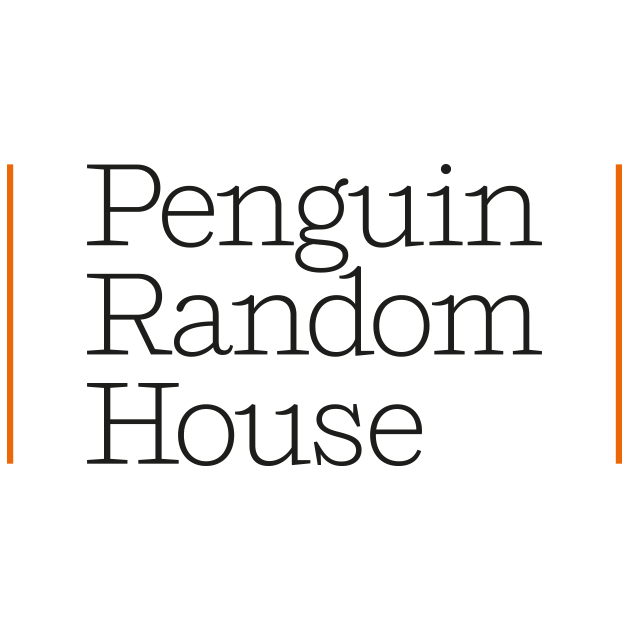Art Handbooks: Drawing Landscapes
$7.95
Ronald Swanwick shares his love of the landscape and reveals his techniques in this practical guide. Step-by-step demonstrations show how to compose a drawing, capture perspective and draw what you see.
Description
Ronald Swanwick’s aim is to inspire the artist to go out and use a pencil at least as often as a brush. He shares his approach to drawing landscapes – teaching how to observe and soak up the atmosphere of a landscape, and opens the book with sections on composition, perspective and making marks and tones. Also, he clearly explains his language of drawing – in which there are only four methods of making marks – dots, lines, squiggles and washes. The mark you make and the tonal value you ascribe to it are used to describe the texture of a surface. Putting together these marks and tones allows you to build up a drawing to look like anything you wish. Drawing Landscapes has further sections on dealing with sunshine and shadows, drawing from photographs, drawing skies, trees and water and how to incorporate people and animals into a scene. Having accomplished these techniques the reader can practise by doing one of two step-by-step projects – a derelict farm building in pencil or a delicate snowscene in chalk and charcoal. A number of Ronald’s finished drawings are included throughout the book for inspiration.
Additional information
| Author | SWANWICK, RONALD |
|---|---|
| Publication Date | October 20, 2014 |
| Imprint | Search Press |
| About the Author | Ronald Swanwick won a scholarship to the Portland House School of Art and went on to study at Burslem College of Art in Staffordshire. He first earned his living as a commission artist and illustrator for private and commercial clients, later establishing his own teaching studio in Kington, Hertfordshire. Ronald's passion for art developed when he was very young, and has remained undiminished for more than forty years. He paints in and teaches oils, acrylics and watercolours and thinks that his best works are developed from his drawings and sketches. He believes that drawing is the foundation for all artistic endeavour. When not drawing or painting, Ronald's hobbies include gardening on his two-acre plot and, when he has the time, fly fishing. |













